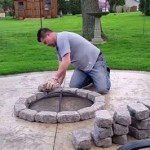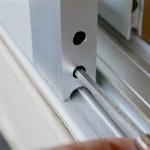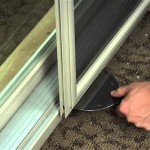Cement Pavers Patio Ideas: A Guide to Creating a Stylish Outdoor Space
Cement pavers are a versatile and durable material that can be used to create beautiful and long-lasting patios. With a wide range of colors, shapes, and textures to choose from, you can customize your patio to perfectly match your home and outdoor decor. Here are some essential aspects to consider when planning your cement pavers patio:
Choosing the Right Pavers
The first step in creating a cement pavers patio is to choose the right pavers. There are many different types of cement pavers available, so it is important to do your research and choose the ones that best suit your needs. Consider the following factors when choosing your pavers:
- Color: Cement pavers come in a wide range of colors, from classic gray to vibrant reds and blues. Choose a color that complements your home and outdoor decor.
- Shape: Cement pavers come in a variety of shapes, including squares, rectangles, and circles. The shape of your pavers will affect the overall look of your patio.
- Texture: Cement pavers can have a variety of textures, from smooth to rough. The texture of your pavers will affect how they feel underfoot and how they complement the surrounding landscape.
- Durability: Cement pavers are a durable material, but they can vary in strength and durability. Choose pavers that are rated for the amount of traffic that your patio will receive.
Preparing the Base
Once you have chosen your pavers, you need to prepare the base for your patio. The base is what will support the pavers and keep them in place. The best base for a cement pavers patio is a compacted layer of crushed gravel. The gravel should be at least 4 inches thick and should be compacted with a plate compactor.
Installing the Pavers
Once the base is prepared, you can begin installing the pavers. Start by laying out the pavers in a dry run to get an idea of how they will look. Once you are happy with the layout, start setting the pavers in place. Use a rubber mallet to tap the pavers into place and make sure they are level.
Filling the Joints
Once the pavers are in place, you need to fill the joints between them. There are a few different materials that can be used to fill the joints, including sand, polymeric sand, and mortar. Sand is the most common material used to fill the joints, but it can be washed away by rain and wind. Polymeric sand is a more durable option, but it can be more difficult to work with. Mortar is the most durable option, but it can be more expensive and time-consuming to install.
Edging the Patio
Once the joints are filled, you can edge the patio to give it a finished look. Edging helps to keep the pavers in place and prevents weeds from growing between them. There are a variety of different materials that can be used to edge a patio, including concrete, metal, and wood.
Maintaining Your Patio
Once your cement pavers patio is installed, it is important to maintain it to keep it looking its best. Here are a few tips for maintaining your patio:
- Sweep or blow off your patio regularly to remove dirt and debris.
- Rinse your patio with a hose to remove any stains or spills.
- Seal your patio every few years to protect it from the elements.

56 Best Concrete Pavers Ideas Backyard Landscaping Garden Design

10 Paver Patios That Add Dimension And Flair To The Yard

Poured Concrete Pavers Create A Stylish Patio The Home Depot

58 Beautiful Outdoor Patio Design Decor Ideas A Piece Of Rainbow

Patio Pavers Concrete Stone Pacific Dreamscapes Of San Diego

31 Paver Patio Ideas For Your Home Angi

Concrete Patio Design Ideas And Cost Landscaping Network
5 Patio Designs That Wow Unilock

495 Sq Ft Concrete Paver Patio Design With Pergola

40 Paver Patio Ideas To Help You Design Your Outdoor Space
Related Posts








